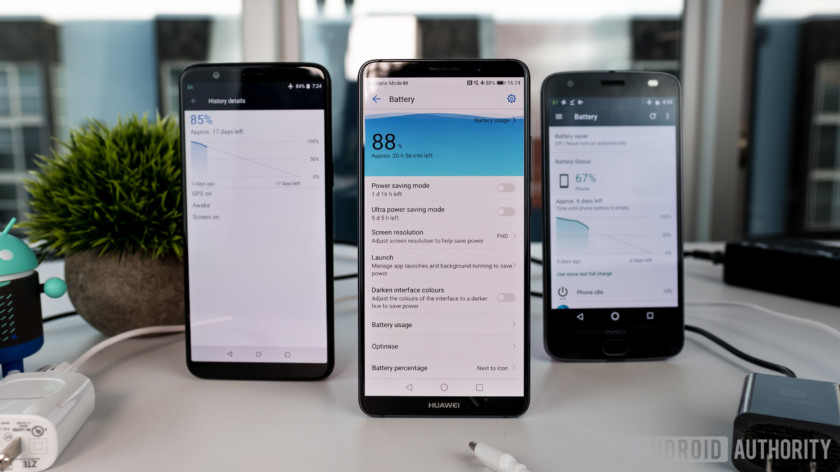These Steps Will Extend the Life of Lithium-Ion Batteries

Even with all the tweaks and upgrades of smartphones and other electronic devices, the battery’s life is still the primary issue. Newer smartphone models are portable communication, work, and entertainment centers, with more features and robust operating systems that consume more power. With the phones getting slimmer and thinner, the batteries have to be thinner as well, meaning they cannot store that much power so you can use a phone longer.
In the 1990s, nickel-metal-hydride came alongside lithium-ion (Li-ion). They were neck-and-neck in performance and acceptance, but the latter ends up being the most promising and fastest-growing.
Batteries work fine during the first year that you’re using your device. But by the second year, you’ll notice that you need to charge your phone or any other device before the day ends, and the battery life dwindles by the third year, and so on.
Lithium-ion batteries
Did you know that research on lithium batteries started in 1912? However, safety issues hindered the work on rechargeable lithium batteries due to lithium metal’s inherent instability. With the shift to lithium-ion, developers were able to build rechargeable batteries. While the energy density was a bit lower, the battery is safer. Sony Corporation introduced the commercial availability of lithium-ion in 1991.
What battery manufacturers do not disclose is that lithium-ion batteries have a problem with aging. The capacity deterioration can be seen after a year, even if the battery is seldom used. After two or three years, you’ll likely notice that the battery starts to fail.

Tips to extend the life of your lithium-ion battery
Do not be annoyed to know that lithium-ion batteries naturally degrade as they age. Researchers from the University of Michigan, Ann Arbor, share a few best practices to help you extend your battery’s life. These practices apply to all types of lithium-ion battery. According to them, almost all parts of the battery degrade.
1. Lithium-ion batteries are affected by low and high temperatures. If the phone feels hot when you’re charging it, take it off for a while. Likewise, do not charge your battery when the weather is freezing. The researchers recommend not charging the battery when the temperature outside ranges from 10 to 35 °C or 50-95° F.
2. Li-ion batteries do not like being too empty or too full. The recommendation is to allow the battery to discharge to 20 percent, no less, and charge it only up to 80 percent. If it is beyond the range on either side, the battery is stressed. It is all right to charge the battery to 100 percent occasionally, but make sure that you remove the phone from the charger as soon it reaches 100 percent. So, you should avoid charging your phone overnight. It is likewise not advisable to leave batteries you seldom use on the charger.
3. Fast discharging and charging is not suitable for the battery. A fast charger has high currents that will heat and degrade your battery quickly. Fast discharging action also has the same negative effect as fast charging. It is better to use a slow charger. Only use a fast charger when you need your phone immediately.
4. You can recalibrate the power gauge of a lithium-ion battery. After 30 chargers, you can completely discharge a lithium-ion battery to reset the power gauge, which can help extend the battery’s life.
Until researchers and developers find a better alternative, lithium-ion batteries are here to stay. Following the guidelines will let you achieve about 500 charge and discharge cycles.